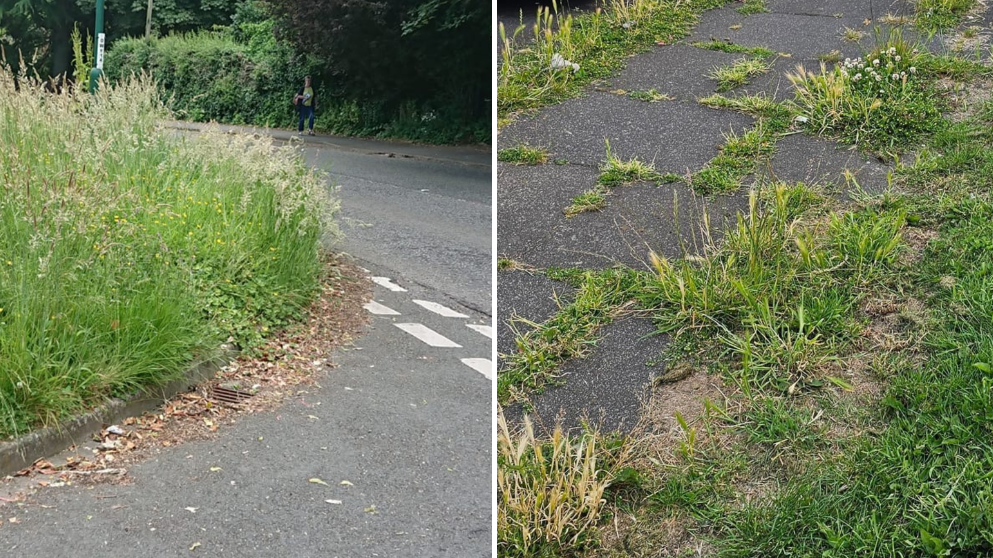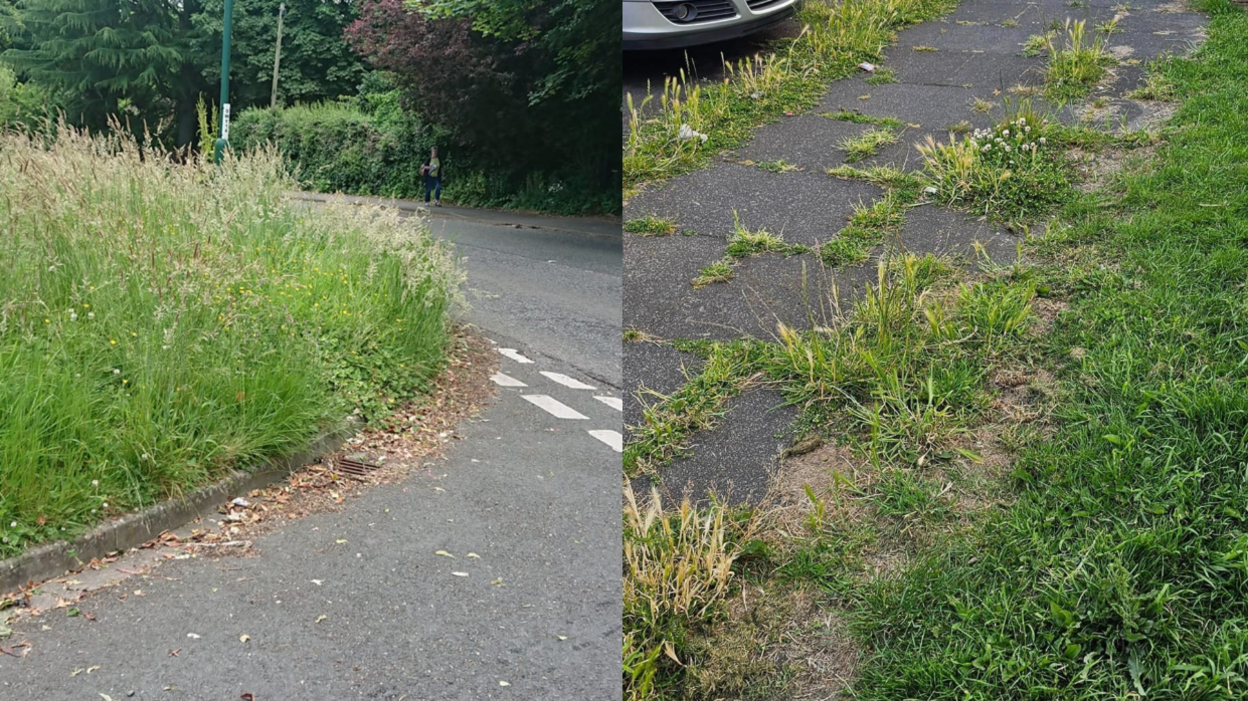Weeds and nettles 'unsightly' in overgrown spaces

The council's policy of letting weeds and nettles grow in biodiversity areas has been criticised
- Published
Letting weeds and nettles overgrow in a council's designated biodiversity areas has been criticised.
Redcar and Cleveland Council said it would review its decision not to cut grass in some wildflower areas to encourage bees and butterflies, after complaints they were "unsightly".
Conservative Eston ward councillor, Stephen Martin, said there had been "insufficient consultation" over the areas selected and the number of complaints he had received had been "unreal".
Labour cabinet member for neighbourhoods, Adam Brook, said there should have been a consultation on locations and apologised that it did not happen.
Brook said he wanted to "re-engage" with councillors to "review arrangements" for biodiversity areas and identify any further potential ones.
Martin said the weeds and nettles looked "unsightly" and "encroached onto paths".

Councillor Adam Brook said he wanted to "re-engage" with councillors over the issue
He also said that community meetings should be held so that residents have an "opportunity to have their say".
"The number of complaints I've had this year from residents regarding land that has been left for biodiversity is unreal," he said.
Councils are required to consider biodiversity as part of the 2021 Environment Act and this duty extends to decisions and policy-making around land management, the Local Democracy Reporting Service said.
Follow BBC Tees on X, external, Facebook, external, Nextdoor, external and Instagram, external.
Get in touch
Do you have a story suggestion for BBC Tees?
- Published5 July 2024

- Published15 November 2023
